 |
||
|
Witnessing the ‘live’ formation of dwarf galaxies with AstroSat's ultraviolet-eye Scientists detect jets from a supermassive black hole blowing out gas from a galaxy |
||
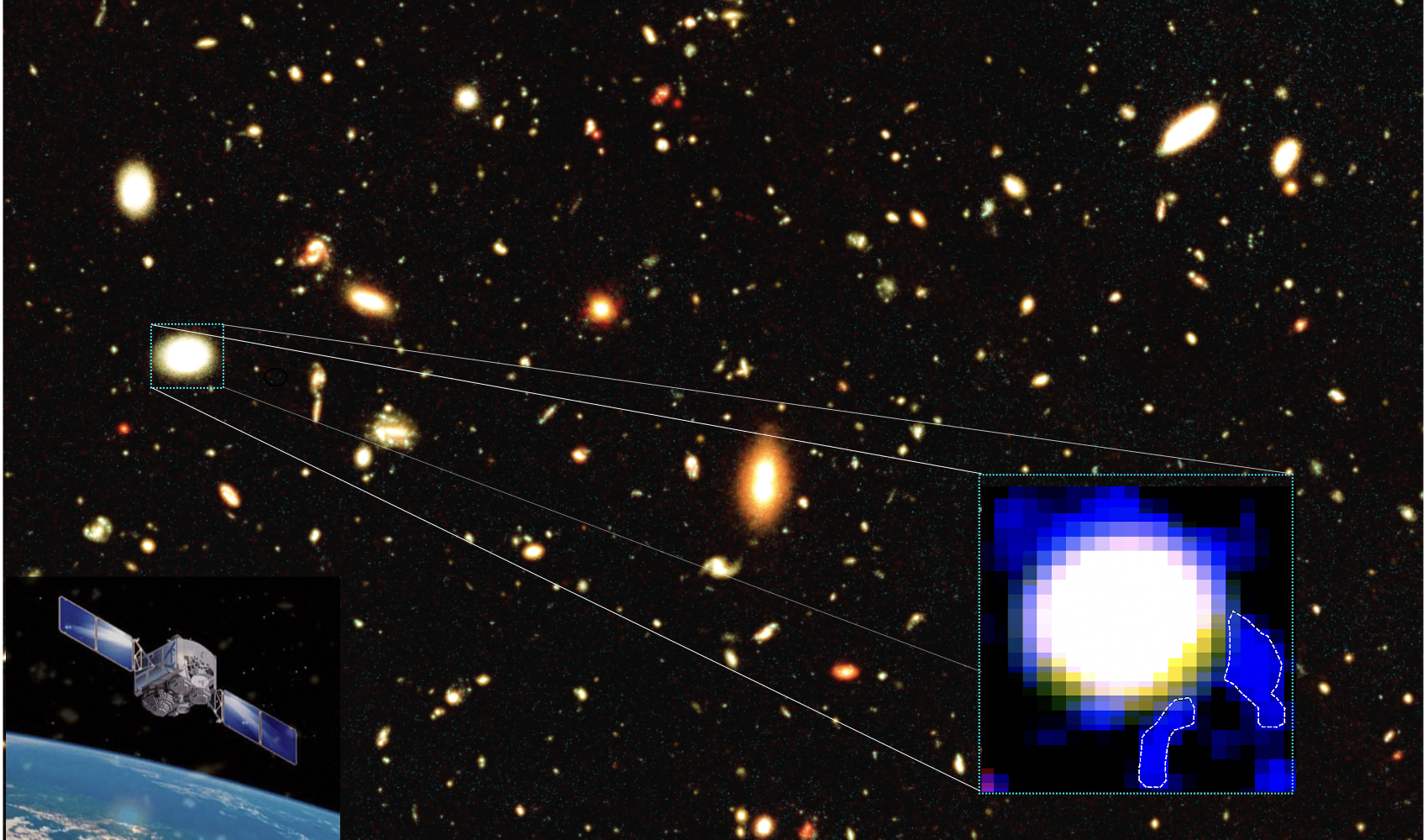
Figure 1: The background is a 3-color optical image taken by the Hubble Space Telescope. The small box (left) shows a sample dwarf galaxy that was observed with the Ultraviolet Imaging Telescope on AstroSat.
AstroSat detected extremely blue star-forming clumps on the galaxy's outer boundary (3-color UV-optical image shown in zoomed-in box).
AstroSat detected extremely blue star-forming clumps on the galaxy's outer boundary (3-color UV-optical image shown in zoomed-in box).
- Detecting massive young star-forming complexes beyond the visible boundary of faraway dwarf galaxies using the Ultraviolet Imaging Telescope on AstroSat.
- The discovery was made by an international team of astronomers from India, the USA and France, led by Dr. Kanak Saha, Professor of Astronomy, at the Inter-University Centre for Astronomy and Astrophysics (IUCAA), Pune and was published in Nature.
- The discovery is an important part of a Ph.D. thesis of a research scholar, Mr. Anshuman Borgohain, the lead author of the article, from Tezpur University, Assam.
- This is also a success story of the Associateship programme for faculty and students of Indian Universities run by IUCAA, Pune on behalf of the University Grants Commission, Ministry of Education.
Galaxies are the basic building blocks of the Universe- they come in all sizes. Our galaxy, the Milky Way, is one of the giant galaxies-with billions of stars, but little current star formation. Giant galaxies such as ours are surrounded by tens of dwarf galaxies- irregular in shape, often forming stars. As we look backwards in time we see that galaxies were smaller and more irregular (since light takes time to travel, a galaxy seen 3 billion light-years away from a Universe that is 3 billion years younger). How these dwarf and giant galaxies assemble their stars and evolve into modern-day galaxies, like our own Galaxy, is still one of the major puzzles.
A recent study by a team of scientists using AstroSat (India's first dedicated multi-wavelength space observatory) shows how the star-forming complexes in the outskirts of a dwarf galaxy migrate towards the central region and contribute to its growth in mass and luminosity. This process that is now witnessed in several dwarf galaxies is a very important link in understanding the bigger picture of galaxy growth and evolution.
The discovery was made by an international team of astronomers from India, the USA and France. The study was conceived by Professor Kanak Saha at the Inter-University Centre for Astronomy and Astrophysics (IUCAA), Pune, and is published as a research paper on July 20, 2022, by the main journal of Nature [DOI: Click here], which is the world’s leading multidisciplinary science journal.
Mr. Anshuman Borgohain, the lead author of the paper, is a young Ph.D. student at Tezpur University, Assam, mentored by Prof. Rupjyoti Gogoi from Tezpur University, Assam who is a visiting Associate at IUCAA and a contributor to this discovery. Anshuman says that “Capturing the assembly process in dwarf galaxies is considered important because the diversity in their physical properties observed today challenge the current theoretical models of galaxy evolution. AstroSat/UVIT has been a remarkable addition to the list of UV observatories to date and has opened up promising windows to probe the understanding of the galaxy assembly process”. While expressing his excitement he also mentioned that this discovery forms an important part of his Ph.D. thesis for which a lot of support was provided by IUCAA and Tezpur University. This has enabled him to achieve this discovery at such an early stage in his career.
Prof. Saha, who conceived the study, has his primary research focused on how galaxies form in the early universe and how they evolve into present-day ones. He says “We are witnessing the ‘live’ formation of these far-way dwarf galaxies! UVIT's resolving power and deep field imaging techniques have been the key to spotting some very young, large star-forming clumps. These form on the periphery and then spiral into the visible (optical) boundary of their galaxy within a billion years timescale thus adding to the growth of the galaxy. A good part of our research work consists of meticulously calculating the time required for the clumps to migrate inside the galaxy”.
He also emphasised that the key challenge has been to firmly establish the detection of these faint, extremely blue, star-forming clumps which are very far away to see although they have a million solar masses of material within them. At slightly larger distances, the UVIT would not resolve these galaxies and we do not have an example of an extended disk seen in UV in any present-day dwarf galaxies. The redshift (cosmological distance) of these 12 dwarfs has been just optimal to probe these blue clumpy structures in their outskirts.
Prof. Francoise Combes of Observatoire de Paris, France, another coauthor further added that “the discovery teaches us how surprisingly stars can form in metal-poor gas disk. Normally these dwarf galaxies are dominated by dark matter and the gas disk would not be unstable. But our discovery is direct evidence that even such a gas disk fragments.” Prof. Shyam Tandon, who is also a co-author of this study, has wondered whether these clumps could have been sources of Lyman continuum photons.
“It has been a mystery how some small galaxies like these can have such active star formation” says Prof. Bruce Elmegreen of IBM Watson Research Division, USA, who contributed to the study and mentioned that these observations suggest that accreting gas in the far outer parts can be forced to move towards the centre because of the inward torques exerted by giant gas and stellar complexes. This migration builds up the central density over the lifetime of the galaxy.
Prof. Somak Raychaudhury, Director of IUCAA, Pune, points out how this is another major success story for the visiting Associateship programme of the UGC at IUCAA: “There are currently 200 such associates who visit IUCAA with their students from time to time and always interact online, and many collaborate among themselves on national and international projects, with or without IUCAA faculty. Major national facilities thus get connected to the educators and students who form the bulk of the researchers in India. At IUCAA, we train many of them on how to use facilities such as ISRO's AstroSat, and enable access to the resources that are necessary for world-class research”
The team is thankful and privileged to have such a state-of-the-art observational facility, developed and operated by the Indian Space Research Organisation in collaboration with several Indian and foreign research laboratories, that led to this important discovery. Saha mentions that future endeavours to create such facilities would ensure the continuity of scientific excellence in India.
A recent study by a team of scientists using AstroSat (India's first dedicated multi-wavelength space observatory) shows how the star-forming complexes in the outskirts of a dwarf galaxy migrate towards the central region and contribute to its growth in mass and luminosity. This process that is now witnessed in several dwarf galaxies is a very important link in understanding the bigger picture of galaxy growth and evolution.
The discovery was made by an international team of astronomers from India, the USA and France. The study was conceived by Professor Kanak Saha at the Inter-University Centre for Astronomy and Astrophysics (IUCAA), Pune, and is published as a research paper on July 20, 2022, by the main journal of Nature [DOI: Click here], which is the world’s leading multidisciplinary science journal.
Mr. Anshuman Borgohain, the lead author of the paper, is a young Ph.D. student at Tezpur University, Assam, mentored by Prof. Rupjyoti Gogoi from Tezpur University, Assam who is a visiting Associate at IUCAA and a contributor to this discovery. Anshuman says that “Capturing the assembly process in dwarf galaxies is considered important because the diversity in their physical properties observed today challenge the current theoretical models of galaxy evolution. AstroSat/UVIT has been a remarkable addition to the list of UV observatories to date and has opened up promising windows to probe the understanding of the galaxy assembly process”. While expressing his excitement he also mentioned that this discovery forms an important part of his Ph.D. thesis for which a lot of support was provided by IUCAA and Tezpur University. This has enabled him to achieve this discovery at such an early stage in his career.
Prof. Saha, who conceived the study, has his primary research focused on how galaxies form in the early universe and how they evolve into present-day ones. He says “We are witnessing the ‘live’ formation of these far-way dwarf galaxies! UVIT's resolving power and deep field imaging techniques have been the key to spotting some very young, large star-forming clumps. These form on the periphery and then spiral into the visible (optical) boundary of their galaxy within a billion years timescale thus adding to the growth of the galaxy. A good part of our research work consists of meticulously calculating the time required for the clumps to migrate inside the galaxy”.
He also emphasised that the key challenge has been to firmly establish the detection of these faint, extremely blue, star-forming clumps which are very far away to see although they have a million solar masses of material within them. At slightly larger distances, the UVIT would not resolve these galaxies and we do not have an example of an extended disk seen in UV in any present-day dwarf galaxies. The redshift (cosmological distance) of these 12 dwarfs has been just optimal to probe these blue clumpy structures in their outskirts.
Prof. Francoise Combes of Observatoire de Paris, France, another coauthor further added that “the discovery teaches us how surprisingly stars can form in metal-poor gas disk. Normally these dwarf galaxies are dominated by dark matter and the gas disk would not be unstable. But our discovery is direct evidence that even such a gas disk fragments.” Prof. Shyam Tandon, who is also a co-author of this study, has wondered whether these clumps could have been sources of Lyman continuum photons.
“It has been a mystery how some small galaxies like these can have such active star formation” says Prof. Bruce Elmegreen of IBM Watson Research Division, USA, who contributed to the study and mentioned that these observations suggest that accreting gas in the far outer parts can be forced to move towards the centre because of the inward torques exerted by giant gas and stellar complexes. This migration builds up the central density over the lifetime of the galaxy.
Prof. Somak Raychaudhury, Director of IUCAA, Pune, points out how this is another major success story for the visiting Associateship programme of the UGC at IUCAA: “There are currently 200 such associates who visit IUCAA with their students from time to time and always interact online, and many collaborate among themselves on national and international projects, with or without IUCAA faculty. Major national facilities thus get connected to the educators and students who form the bulk of the researchers in India. At IUCAA, we train many of them on how to use facilities such as ISRO's AstroSat, and enable access to the resources that are necessary for world-class research”
The team is thankful and privileged to have such a state-of-the-art observational facility, developed and operated by the Indian Space Research Organisation in collaboration with several Indian and foreign research laboratories, that led to this important discovery. Saha mentions that future endeavours to create such facilities would ensure the continuity of scientific excellence in India.
Find the Hindi translation of the above text here: Click Here
Find the Marathi translation of the above text here: Click Here
Find the Marathi translation of the above text here: Click Here
Research contacts:
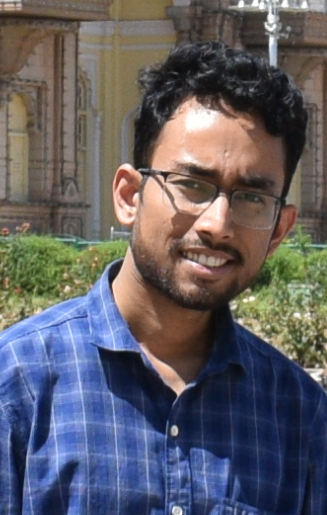 |
Lead Author: Mr. Anshuman Borgohain (Tezpur University, India) E-mail: ayush.borgohain_at_gmail.com Phone: +91-70025 54345 |
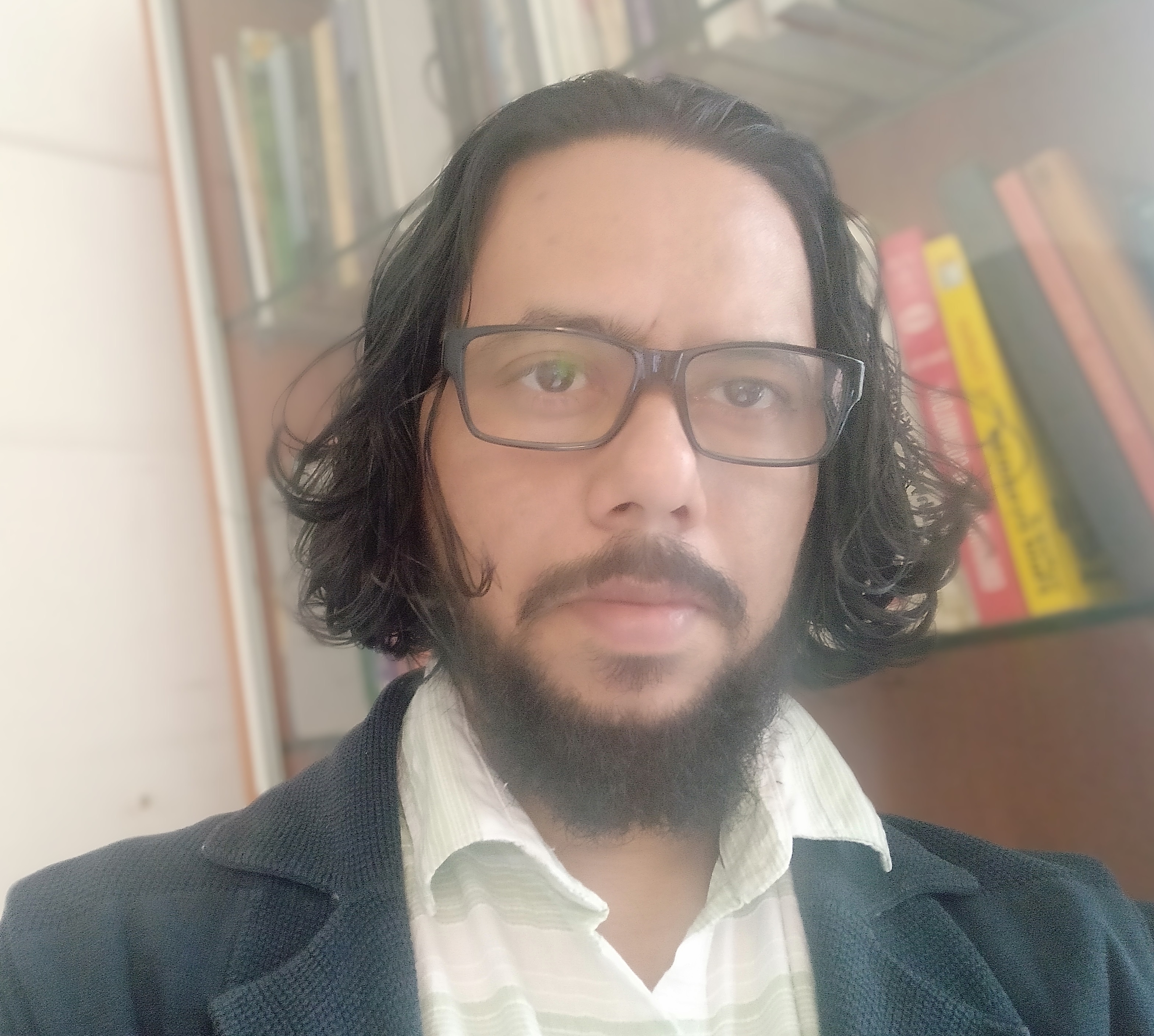 |
Corresponding author: Prof. Kanak Saha (IUCAA, India) E-mail: kanak_at_iucaa.in Phone: +91-90963 02150 / +91-020-2560 3124 |
 |
Prof. Bruce Elmegreen (IBM Research Division, USA) |
 |
Dr. Rupjyoti Gogoi (Tezpur University, India) |
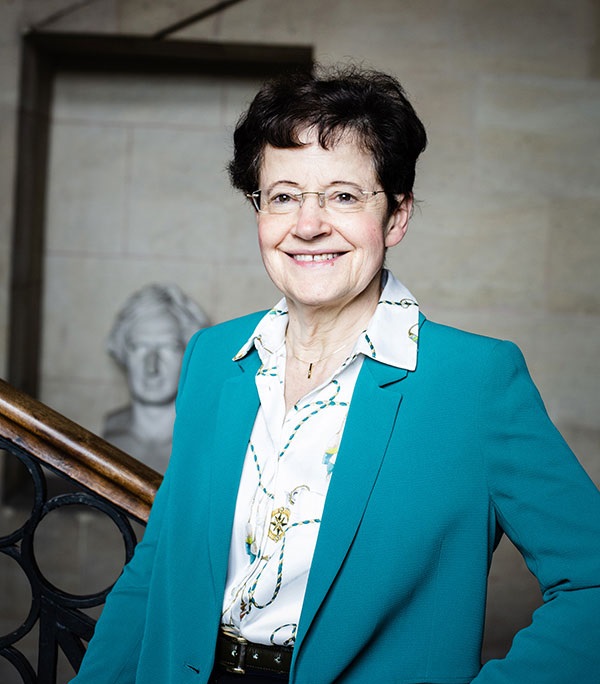 |
Prof. Francoise Combes (Observatoire de Paris, France) |
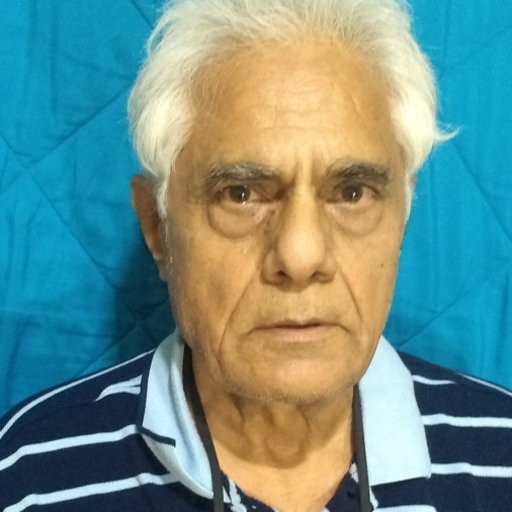 |
Prof. Shyam N. Tandon (IUCAA, India) |
About the lead author:
Anshuman Borgohain is a DST-INSPIRE fellow and a research scholar at Tezpur University who worked under the guidance of Prof. Kanak Saha of the Inter-University Centre for Astronomy and Astrophysics, (IUCAA) Pune who mentored him remotely through IUCAAs Associateship Programme. Under this programme, Prof. Rupjyoti Gogoi from Tezpur University who is an associate at IUCAA jointly along with Prof. Saha mentored Anshuman during his entire research journey. Prof. Gogoi said, “the current work is an inspiration to young researchers of the country as this utilises data from India's indigenous satellite, AstroSat and also showcases the glorious association of IUCAA and a university, which surely will motivate the researchers working in Indian Universities. We look forward to enhancing this type of collaborative endeavour between IUCAA and Tezpur University”.
About the Associateship programme at IUCAA
A programme wherein researchers from all over the country can avail the infrastructure facilities available at IUCAA to pursue their research while they continue to remain affiliated with their parent institution. The associate who is either a faculty member of an Indian university or a post-graduate department in a college carries out the research in their institution with scheduled short and long-duration visits to IUCAA and collaborates with scientists from the institution. It aids research scholars from remote areas of the country to contribute toward cutting-edge research and work with the best in the field.
More about UVIT & AstroSat
AstroSat was launched on Sept. 28, 2015, by the Indian Space Research Organization (ISRO) and has onboard it the indigenously developed UltraViolet Imaging Telescope (UVIT). The 38-cm diameter UVIT is capable of simultaneous imaging in far and near-ultraviolet bands with a wide field of view. It was developed by teams from IIA, IUCAA and TIFR from India, and CSA of Canada under the leadership of Shyam Tandon, Ex Emeritus Professor, IUCAA. The development of all the instruments for AstroSat was strongly supported by ISRO. This work is the second Nature article which uses the AstroSat UV Deep Field South (AUDFs), see the webpage: audf.iucaa.in